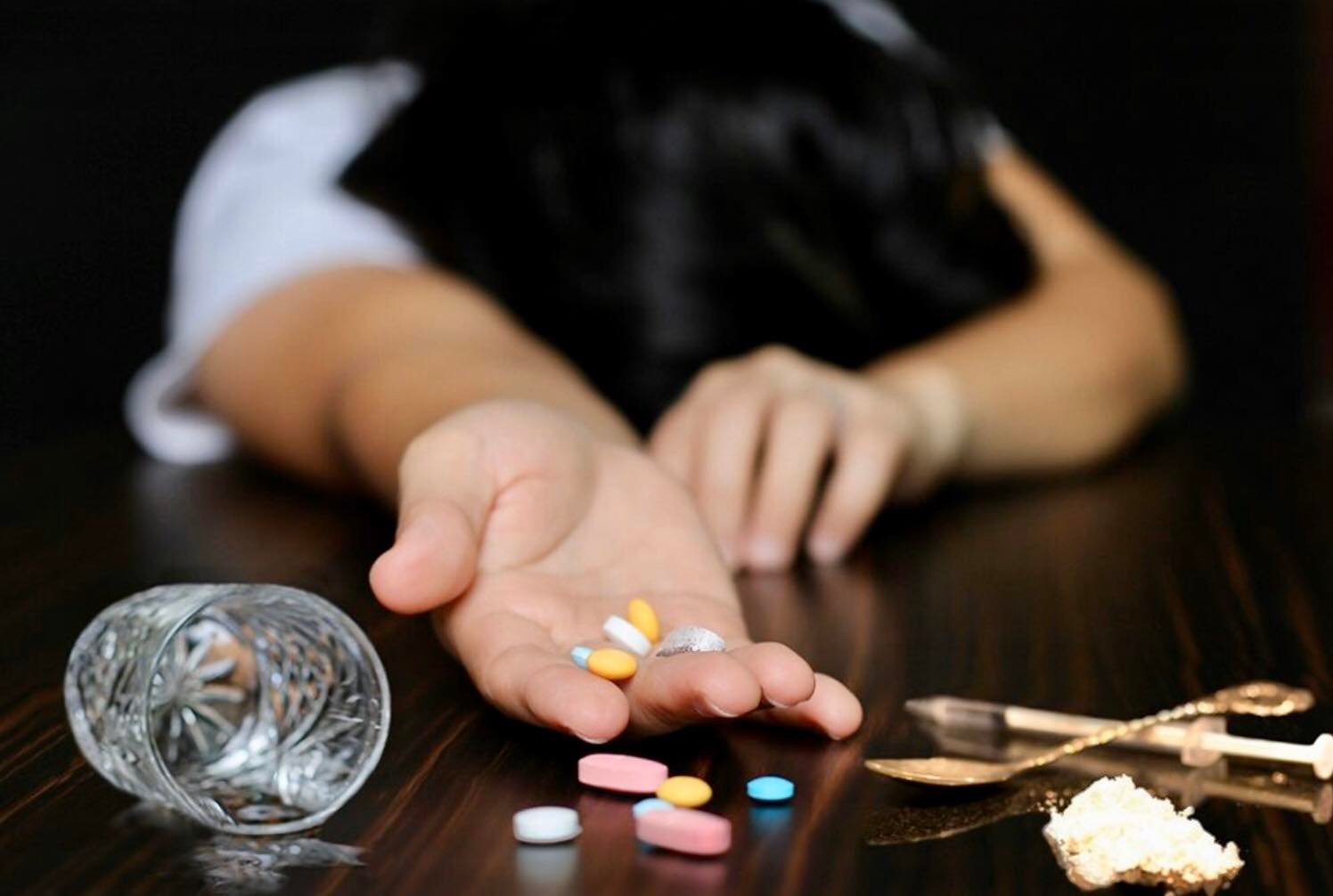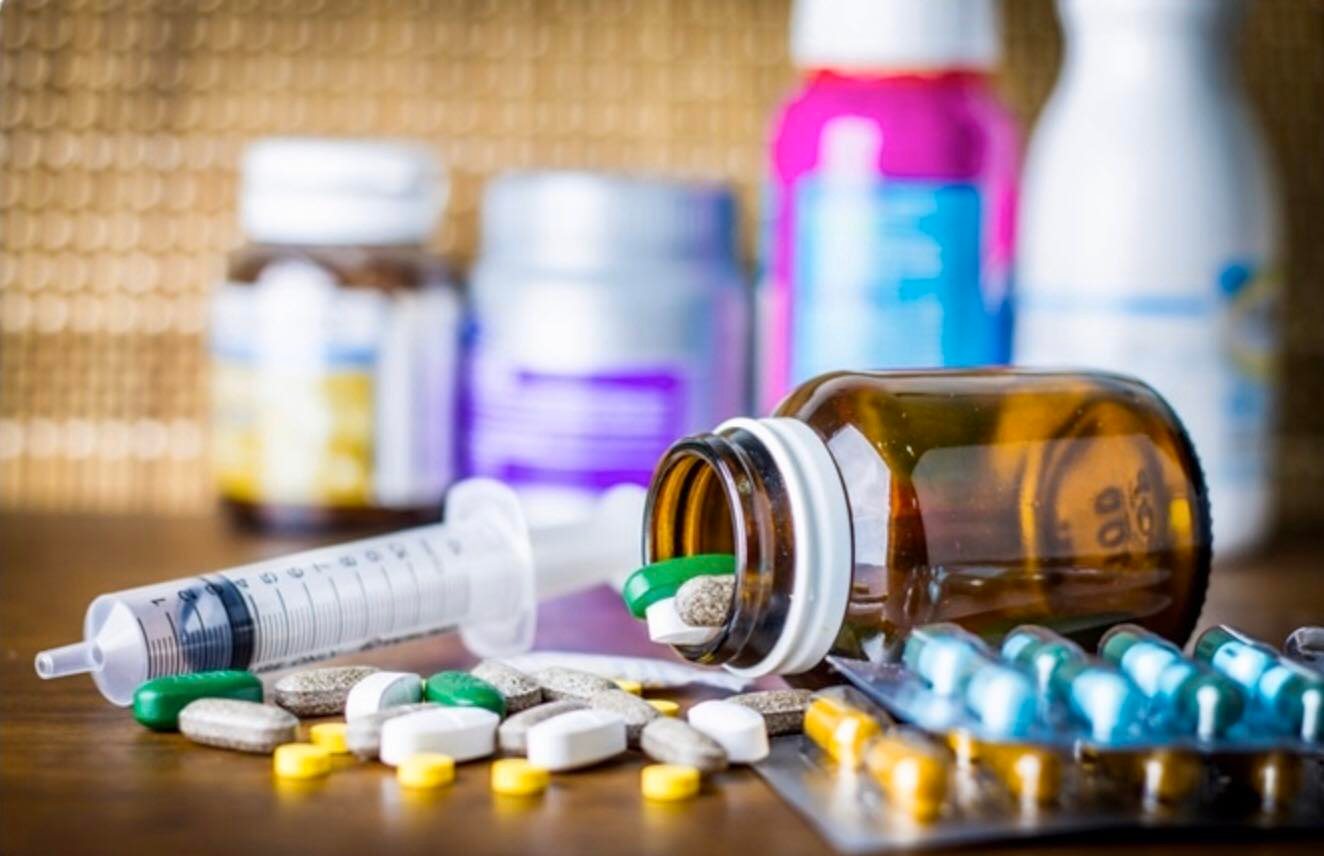By Henrylito D. Tacio
“Drug abuse has ruined many lives,” declares Dr. Willie T. Ong, a vice-presidential aspirant, and an internist-cardiologist. “The threat of illegal drugs is real and it’s closer than we think. In the Philippines, the drug abuse situation has actually increased over the years.”
Drug addiction spares no one: famous and notorious, beautiful and ugly, employed or jobless, young and old, rich and poor. Health experts claim illegal drugs, which are highly addictive and outlawed substances, can easily destroy a whole generation.
In fact, many cases of heinous crimes in the country are committed because the suspects are high on those illegal drugs. A technical brief from the World Health Organization of the United Nations said that the dependence and chronic usage of amphetamine-type stimulants are associated with psychosis and cause cognitive impairment, aggression, and violence.
The choice to use illegal drugs for the first time is usually voluntary. More often than not, young people are the most vulnerable to the temptation and evils of these prohibited drugs. Projections made by the Philippine Statistics Authority showed the country would have had 32.7 million Filipinos aged 14 and below in the coming years.
It must be recalled that in 2008, the Philippine media reported the arrest of 11 high-school students who were caught doing a pot session in Quezon City. Most of the arrested students came from the ranks of “financially-distressed families.”
As the students could not afford to conduct “the pot session in a luxurious hotel or a mansion-like residence or condominium in one of the metropolitan areas’ premier locations that some scions of well-to-do families reportedly do on a regular basis,” they held it only in a “vacant lot.”
Drugs 101
A drug is defined as “any substance intended for use in the diagnosis, cure, relief, treatment or prevention of disease or intended to affect the structure or function of the body.” A simpler but workable definition of a drug is any chemical substance that affects the body and its processes.
“By law, drugs are divided into two categories: prescription drugs and non-prescription drugs,” explains The Merck Manual of Medical Information. “Prescription drugs – those considered safe for use only under medical supervision – may be dispensed only with a prescription from a licensed professional with governmental privileges to prescribe.”
Non-prescription drugs, on the other hand, are those considered safe for use without any medical supervision (like aspirin, for instance). Oftentimes, these drugs are sold over the counter.
To some people, the word “drug” means a substance that alters the brain’s function in ways considered pleasurable – a mind-altering substance. These are what the Dangerous Drug Board (DDB) as “dangerous drugs” or “illegal drugs.”
“Drug abuse exists when a person continually uses a drug other than its intended purpose,” the DDB explains on its website. “This continued use can lead to drug dependence, a state of physical and psychological dependence or both on a dangerous drug.”
Ecstasy is one of the prohibited drugs in the Philippines, along with methamphetamine (also known as shabu), marijuana (cannabis), cocaine (crack), heroin (smack), and LSD (acid or hippie).
“All illegal drugs have immediate physical effects, and they also hinder psychological and emotional development, especially among young people,” says the United Nations Office on Drugs and Crime (UNODC).
A report from the Philippine Drug Enforcement Agency (PDEA) which said that the country “remains an attractive (illegal) drug market” in Asia and even described the Philippines as “a transshipment point for the region.”
This is the reason, said a CNN news report, why banned substances are easy to find in the country. “Street value of drugs in the country is among the cheapest in the region,” the report stated.
In 2012, the Philippines was singled out to have “the highest abuse rate for shabu” in East Asia, according to the United Nations World Drug Report, which was posted on the website of the US Embassy in Manila.
A Philippine Daily Inquirer report said that “2.1 percent of Filipinos aged 16 to 64 were using shabu,” and “domestic consumption of methamphetamine and marijuana continued to be the main drug threats in the Philippines.”


Drugs create problems
Even in small amounts, illegal drugs can create big problems, according to the booklet, The Truth About Drugs. “It is not always possible to predict how a drug will affect the user – or the user’s life,” it says.
Drug use can cause booklet claims, damage to health, trouble with the law, financial hardship, and social difficulties. “While the specific physical and psychological effects of drug use disorder tend to vary based on the particular substance involved, the general effects of a substance use disorder involving any drug can be devastating,” explains medicinenet.com.
“I never thought that I would be addicted to Ecstasy,” 17-year-old Megan told veteran journalist Ellen Tordesillas. “I never thought I’d end up how I am today, on the verge of manic depression, a disease which changes the way you live forever. My parents never knew, and they still don’t.
“I’ve lost so much weight and have major kidney problems. I was in the hospital for days… Drugs may take away the pain you feel inside, but they leave devastation in your body that will haunt you for life. I wish I would have known before I dove headfirst into a concrete pool.”
More than a health issue, drug users often end up with serious problems. Aside from those mentioned earlier, he may figure in a car accident (drugs can impair driving ability and make the driverless concerned about safety), commit crimes (robbery is often the only way to support an expensive habit), and build up a tolerance (when users need more and more of a drug to get the same effect, they increase their risk of an overdose, which result in death).
But the question is: Why do some young people turn to drugs? There are many factors, but using illegal drugs stems from simple and complex reasons:
Curiosity: “We see drug use glamorized in our favorite television shows and movies,” explain ardurecoverycenter.com. “We hear our favorite artists sing about drug usage and reckless partying, normalizing it. Most children grow up with their parents telling them to avoid drugs. Since teenagers are impressionable, and most of them go through a rebellious phase, some begin to experiment with drugs recreationally.”
“Some young people think experimenting with drugs is harmless,” The Truth About Drugs says. “It is not. Any time you use drugs, you raise your risk of physical injury. And there’s no telling how soon you could become addicted.”
Peer pressure: “If your friend group consists of people who abuse drugs, you may feel like you need to do the same to fit in; this is why parents worry so much about who their kids spend time with. When a malleable teenager feels excluded, they may find themselves partaking in questionable activities just to fit in,” ardurecoverycenter.com says.
There are complex reasons, too, like escapism, self-medication, and doctor’s orders.
Escapism: There are those who try to escape feelings of loneliness or family problems. “But using drugs cuts you off from other people,” The Truth About Drugs says. “The drug user ends up feeling more isolated and alone than before. Once the user is hooked, drugs become more important than anything else, including friendship and family.”
Self-medication: Some people with mental health conditions like anxiety, depression, and bipolar disorder try to self-medicate themselves. Without supervision from a health care professional, they may end up taking more than what is required. Substance abuse typically worsens a person’s condition.
Doctor’s orders: Prescriptions, particularly opioid painkillers, are often given to patients after an injury or surgery. Once they extended the use of such prescribed drugs, they become dependent. “Some people trick themselves into believing that they’re still hurting from their injuries, even if they healed months ago,” ardurecoverycenter.com says.
Once patients run out of their prescription drugs, they may turn to illegal ones to fill the void. And it’s only a matter of time before a person becomes addicted to drugs.
Signs of drug addiction
Drug abuse is when you use legal or illegal substances in ways you shouldn’t. But drug addiction is a different story. “Addiction is when you can stop,” explains webMD.com. “Not when it puts your health in danger. Not when it causes financial, emotional, and other problems for you and your loved ones. That urge to get and use drugs can fill up every minute of the day, even if you want to quit.”
The DDB gives these signs of someone being addicted to drugs: asks to be left alone a lot, always tired (or makes it as an excuse to be left alone), careless and often becomes involved in accidents, implicated in a lot of fights, sudden change in appearance and conduct (red or puffy eyes, weight changes, constant complaints of headaches or stomachaches, shaking, incessant cough, brown stains on fingertips, stumbling, or a constant runny nose), loss of interest in hobbies or sports, exhibits poor judgment, and finds it difficult to concentrate.
“If you suspect that a friend is using drugs, talk to him or her,” the DDB suggests. “Let your friend know that you care. Talk to your parents, teacher, school counselor, or another trusted adult. Offer to go with your friend to his parents or a counselor for help.”
Help someone who is addicted to drugs. “Drug addiction is considered a disease and needs comprehensive and prolonged treatment,” Dr. Ong reminds. “After being rehabilitated, the drug abuser should still be closely monitored so that he or she will not relapse again into using drugs.”
A word of advice: don’t ever try to attempt to experiment with illegal drugs. Here’s a final thought from The Truth About Drugs: “It doesn’t take months or years to become addicted to a drug. And once you are addicted, it can be extremely difficult and painful to stop.”

